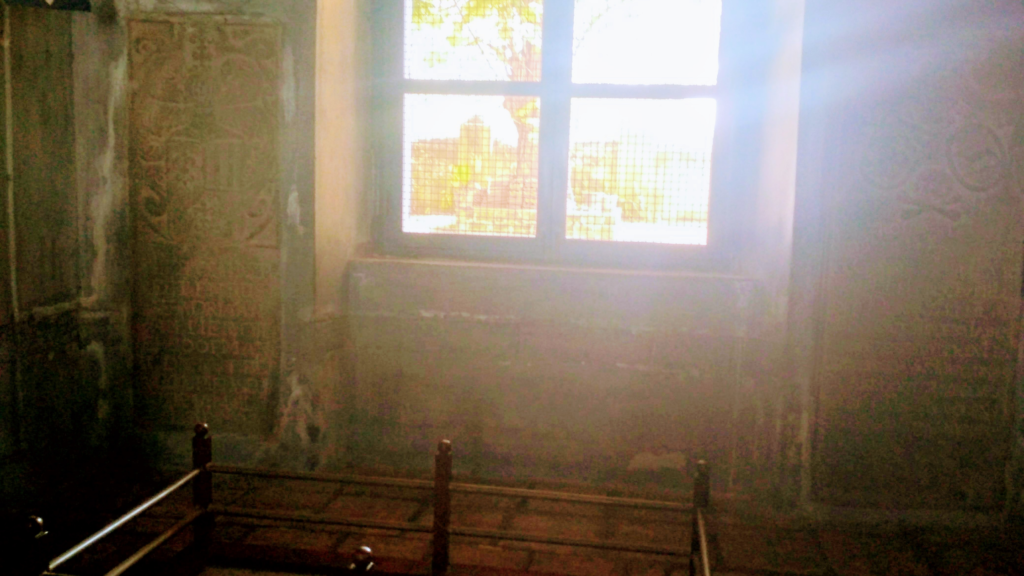Fort Kochi
This is the place I go to get recharged after a long week of draining work or when I have some serious thinking to do. My most favourite activity is walking through the beach for long hours thinking. The rich history of this place gives you a sense of awe and makes you humble.
Here is a bit of history about this place-
The Portuguese ships came to this shore in the 1500s and helped the Rajah of Cochin to fight off the forces of Saamoothri of Kozhikode.
As a token of gratitude, the Kochi Rajah gave this place to the Portuguese in 1503. They were also granted permission to build a fort here. The fort was called Fort Emmanuel. This is how this place got the name ‘Fort Kochi’.
Fort Kochi was under the control of Portuguese for 160 years. They built a lot of buildings and Catholic institutions. The most noteworthy of these buildings are St Francis Church, built in 1503 ( a wooden church at first, which was rebuilt as a permanent structure in 1516) and Santa Cruz Basilica in the 16th century.
In 1683 the Dutch took control of Fort Kochi from the Portuguese and destroyed many Portuguese establishments, particularly Catholic institutions. Fort Kochi was under the control of Dutch for 112 years. They also built many buildings and made modifications to the existing ones. One such example is the Dutch Palace (I will come back to it later).
Then, the British came in 1795 and captured Fort Kochi from the Dutch. For the next 152 years, the British brought in their culture, art, architecture, and style to this place as the Portuguese and the Dutch did. Many British styled buildings came up.
As you see, Fort Kochi was under the influence of three major European powers until India got her independence in 1947. All these cultures blend together in this small area called Fort Kochi. As you walk around this place, these fragments of history flashes through your mind.








